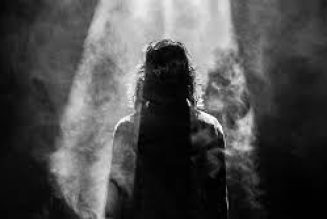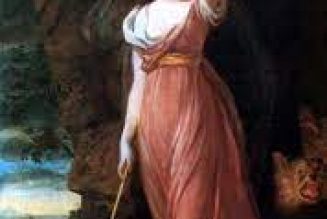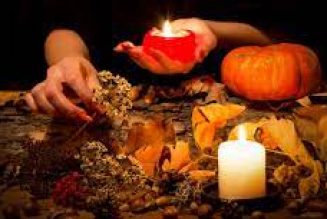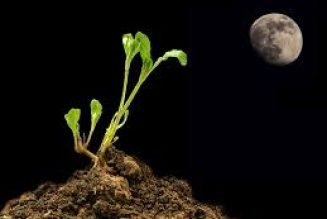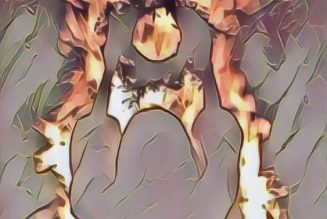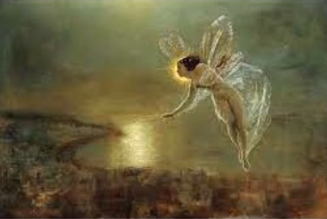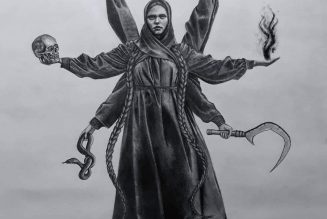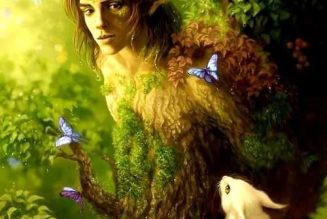Belief in the astral plane is part of the common heritage of occult philosophy which is shared by the witch and ceremonial magician alike.
The word ‘astral’ is derived from the Latin Astrum, a star.
It was used by medieval occultists to designate that super-physical medium by means of which the influence of the heavenly bodies was conveyed to the earth, and affected all things upon it.
In brief, the astral plane is part of the super-physical world, a world composed of finer essence or of energy at a higher rate of vibration, than that of the physical world.
It is not higher in the sense of being above in heaven.
On the contrary, everything in the visible world of matter is surrounded and permeated by its astral counterpart.
Occultists see the universe as a great scale of vibrations, of which our physical plane is only one, and the one to which our physical senses respond.
Because the writings of such nineteenth-century Theosophical authors as Madame Blavatsky, and the many books on modern Spiritualism, have tended to familiarise readers with the idea of the astral plane, it is not always realized that this is in fact a very old magical concept.
Nevertheless, Francis Barrett in The Magus, published in eighteen o one (one of the classics of ceremonial magic), explains it as one of the fundamental ideas upon which magical practice depends.
Eliphas Levi, another great nineteenth-century magus, treats extensively of this concept, which he calls ‘the Astral Light’.
One of the chief claims made by occultists about the substance of the astral plane is that it is responsive to thoughts and emotions.
Hence the astral body of man, the double, doppelganger or ‘fetch’, is called by the Hindus the Kama Rupa, or ‘desire body’.
It is a remarkable fact that all ancient occult philosophers, even though they lived continents and centuries apart, have had these ideas and beliefs.
The Ancient Egyptians, too, believed in the human double, which they called the Ka. Old Norse legends tell of the Scin Laeca, or ‘shining body’, the apparition of the human being surrounded by ghostly light.
If the beliefs of occultism are a mere chimera, why does the same mythical beast gallop through the minds of men, from one race and one time to another?
The astral body is the means by which man functions upon the astral plane, and which survives the death of the physical form.
He can, however, visit the astral plane, and perceive visions in the astral light, while still incarnate upon this earth.
This clairvoyant travel is one of the attainments sought by the witch.
It is the reality behind the wild stories of witches flying through the air.
The flying witch is not in her physical but in her astral form.
This was realized by Henry More as long ago as sixteen forty-seven.
More was a Platonist and a student of occult philosophy.
In his Poems (the University of Manchester, nineteen thirty one and AMS Press, New York, eighteen seventy-eight) published in that year, when witchcraft was still a capital offense in Britain, occurs the following significant passage
And ’tis an art well known to Wizards old And wily Hags, who oft for fear and shame Of the coarse halter, do themselves withhold From bodily assisting their night game.
Wherefore their carcasses do home retain, But with their souls at these bad feasts they are, And see their friends and call them by their name, And dance about the Goat, and sing har, bar, And kiss the Devil’s breach, and taste his deadly cheer.
More, as a Christian, regarded the witches’ Sabbat as being diabolical but his occult studies had enabled him to penetrate to the truth behind the tales of popular fantasy, namely that astral projection is one of the secrets of witchcraft.
This is also the explanation of the old belief that a witch or wizard casts no shadow.
If one saw them in their astral form, of course, the double, not being of physical matter, would cast no shadow, and such was the superstitious terror engendered by the Church’s ban on any use of psychic powers, that a person who could project their astral body was automatically regarded as a witch.
